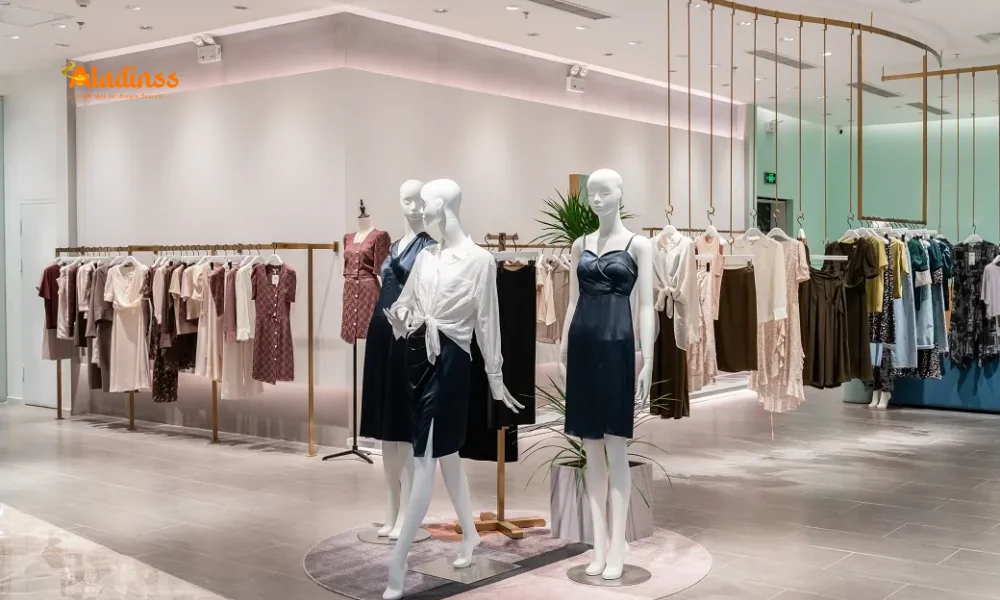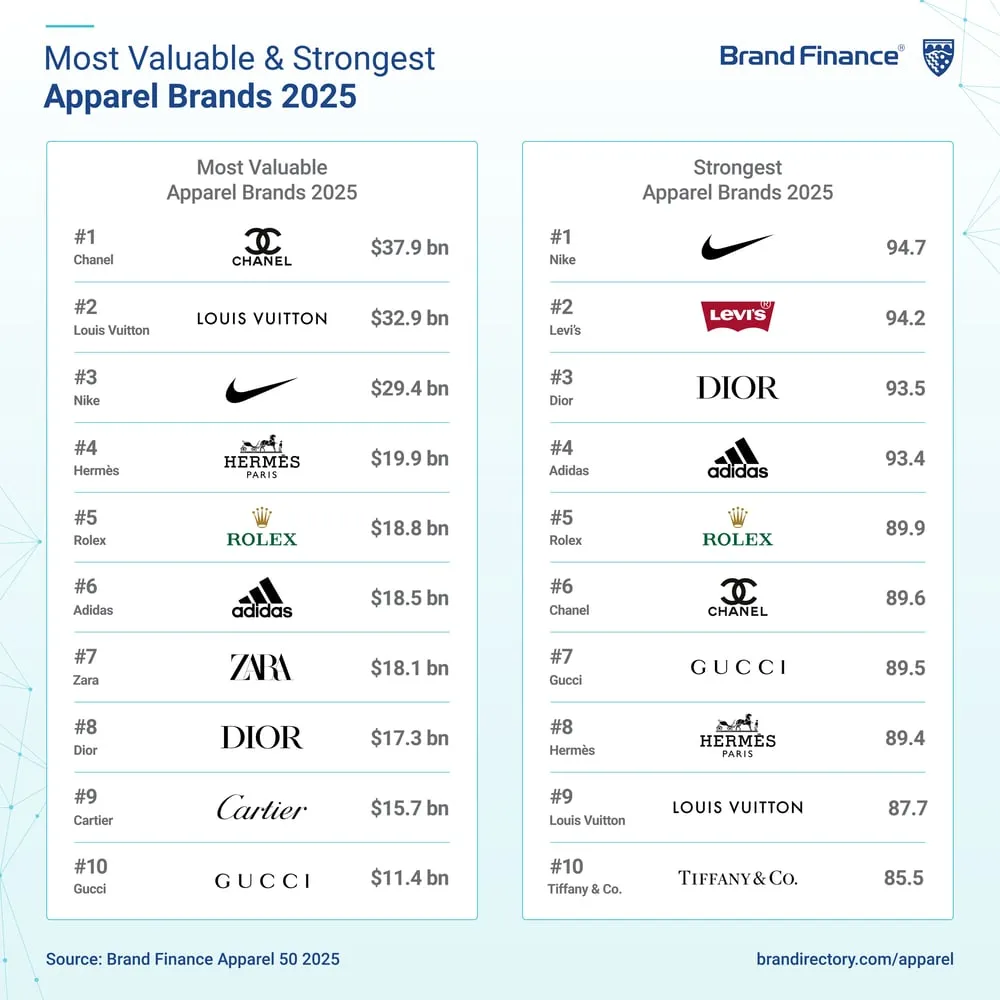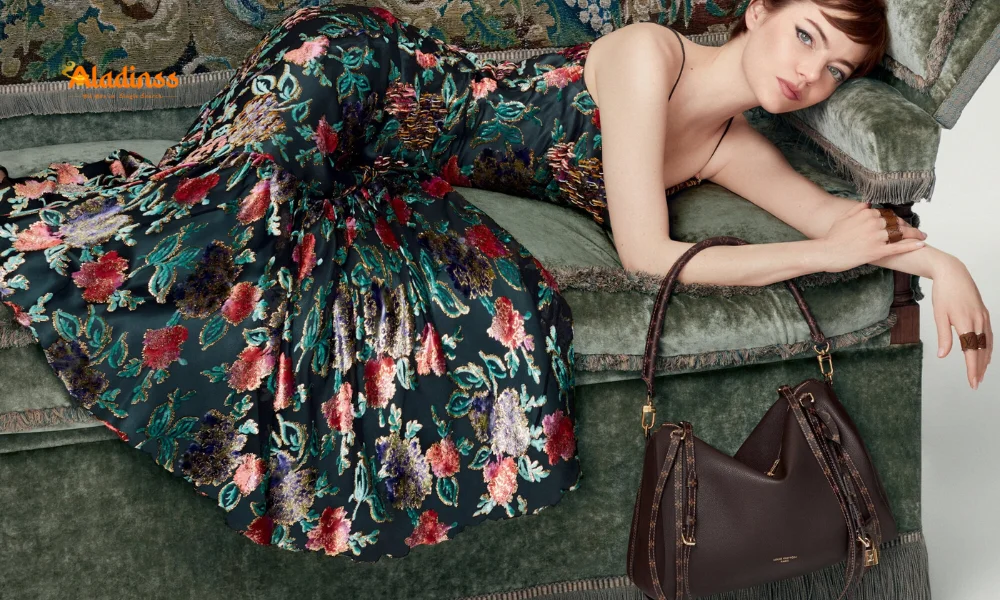Chanel Tops Brand Finance 2025 Apparel Rankings

Chanel Tops Brand Finance 2025 as Most Valuable Apparel Brand, Nike Leads in Strength
In a significant shift in the global fashion landscape, Chanel has claimed the title of the world’s most valuable apparel brand in 2025, according to the latest Brand Finance Apparel 50 report. The French luxury house, under the creative direction of Matthieu Blazy, has surpassed Louis Vuitton and Nike, achieving a remarkable 40% increase in brand value to reach $37.9 billion (€34 billion). Meanwhile, Nike, despite slipping in brand value, remains the strongest apparel brand globally with an impressive Brand Strength Index (BSI) score of 94.7 out of 100, making it the second-strongest brand across all sectors worldwide, trailing only China’s WeChat. This article delves into the latest developments from Brand Finance’s 2025 rankings, exploring Chanel’s rise, Nike’s enduring strength, and the broader trends shaping the apparel industry as of September 2, 2025.

Chanel’s Rise to the Top
Chanel’s ascent to the top of Brand Finance’s 2025 rankings marks a pivotal moment for the luxury fashion house. With a brand value of $37.9 billion, Chanel has overtaken Louis Vuitton, which previously held the number one spot, and Nike, whose brand value is now nearly €8 billion less. “Besides overtaking Louis Vuitton in terms of brand value, Chanel also leapfrogged global sporting giant Nike, whose brand value is now nearly €8 billion less than that of the iconic French label. This shift at the top underlines Chanel’s growing influence, as well as its highly competitive position in the world’s fashion scene,” said Bertrand Chovet, managing director France of Brand Finance.
The 40% increase in Chanel’s brand value reflects its strategic focus on innovation, heritage, and global appeal. Under Matthieu Blazy’s creative direction, Chanel has revitalized its iconic offerings, blending timeless elegance with contemporary flair. Campaigns featuring high-profile muses and a renewed emphasis on craftsmanship have resonated with affluent consumers worldwide. The brand’s ability to maintain exclusivity while expanding its market presence has solidified its position as a leader in luxury fashion, outpacing competitors in a highly competitive industry.
Nike’s Unmatched Brand Strength
While Chanel dominates in brand value, Nike continues to lead in brand strength, securing a BSI score of 94.7 out of 100 in Brand Finance’s 2025 rankings. This score positions Nike as the strongest apparel brand globally and the second-strongest brand across all sectors, behind only WeChat. The Brand Strength Index evaluates factors such as marketing investments, equity value, and commercial performance, areas where Nike excels. “Nike earns excellent scores across most brand strength metrics. Notably, Nike nets strong scores for price acceptance across several key markets, including France, Italy, Sweden, South Africa, and Malaysia, underscoring the brand’s ability to maintain strong value perception globally,” noted Brand Finance.
Nike’s strength lies in its ability to stay ahead of market trends, foster extensive athlete partnerships, and maintain a robust global presence. Despite a lower brand value compared to Chanel, Nike’s focus on innovation, sustainability, and cultural relevance keeps it at the forefront of consumer perception. The brand’s “Move to Zero” sustainability campaign and its dominance in athleisure and streetwear trends continue to drive its global influence, making it a formidable force in the apparel industry.
Also Read: Forever 21’s China, North America Relaunch
French Brands Dominate the Rankings
French luxury brands have emerged as a powerhouse in Brand Finance’s 2025 Apparel 50 rankings, contributing $135.6 billion—37% of the total aggregate value of $366 billion across the top 50 brands. In addition to Chanel’s top spot, other French brands like Dior and Cartier have made significant strides. Dior, ranked eighth, saw a 13% increase in brand value to $17.3 billion, while Cartier rose to ninth place with a brand value of $15.7 billion, up 11%. This dominance underscores France’s enduring legacy in luxury apparel and accessories, driven by a combination of heritage, craftsmanship, and strategic market positioning.
The success of French brands is closely tied to their ability to appeal to global consumers, particularly in high-growth markets like Asia and the Middle East. Tourism also plays a significant role, with affluent travelers flocking to France to experience its luxury offerings firsthand. The strong performance of these brands highlights the resilience of the luxury sector, even amidst global economic challenges, and sets a high bar for competitors in the apparel industry.
Brand Finance’s Valuation Methodology
Brand Finance’s rankings are based on a rigorous methodology that combines qualitative and quantitative metrics. The process begins with an evaluation of brand strength, assessing performance on intangible measures such as marketing effectiveness, consumer perception, and commercial success relative to competitors. Data is sourced from Brand Finance’s proprietary market research program and publicly available information. Each brand receives a Brand Strength Index (BSI) score out of 100, which informs the brand value calculation.
The brand value itself is determined using the Royalty Relief approach, a method compliant with ISO 10668 standards. This approach estimates future revenues attributable to a brand and calculates a royalty rate that would be charged for its use in the open market, resulting in a net economic benefit. This methodology ensures that the rankings reflect both financial performance and consumer sentiment, providing a comprehensive view of a brand’s market position. For Chanel, this translated into a $37.9 billion valuation, while Nike’s strength metrics secured its top BSI score.
Implications for the Apparel Industry
The 2025 Brand Finance rankings highlight the diverging trajectories of luxury and sportswear brands. Chanel’s rise to the top reflects the enduring appeal of high-end fashion, driven by exclusivity, craftsmanship, and cultural relevance. Meanwhile, Nike’s leadership in brand strength underscores the power of innovation, global reach, and consumer loyalty in the sportswear sector. The contrast between these two giants illustrates the diverse strategies brands employ to maintain relevance in a competitive market.
The strong performance of French brands, contributing 37% of the total brand value, signals a shift toward luxury as a dominant force in the apparel industry. However, the rise of athleisure and streetwear, exemplified by Nike’s continued strength, shows that consumer demand for functional yet stylish clothing remains robust. Brands like Levi’s and Dior, ranking behind Nike in brand strength, also demonstrate the importance of balancing heritage with modern trends to capture consumer attention.
As the apparel industry evolves, the 2025 Brand Finance rankings offer valuable insights into the strategies driving success. Chanel’s focus on luxury and Nike’s emphasis on innovation highlight the diverse paths brands can take to achieve global prominence, setting the stage for a dynamic future in fashion.
Comment / Reply From
No comments yet. Be the first to comment!







